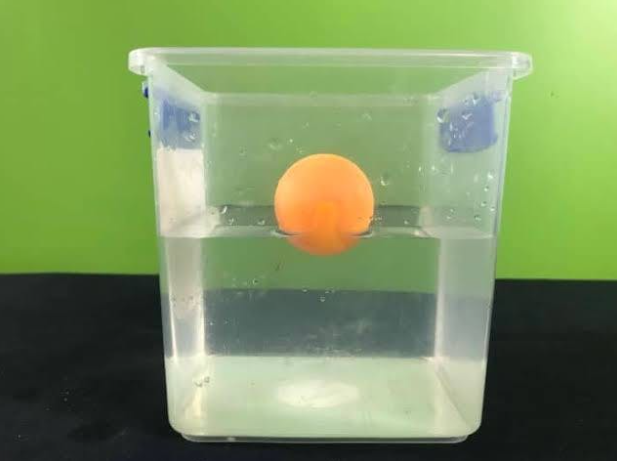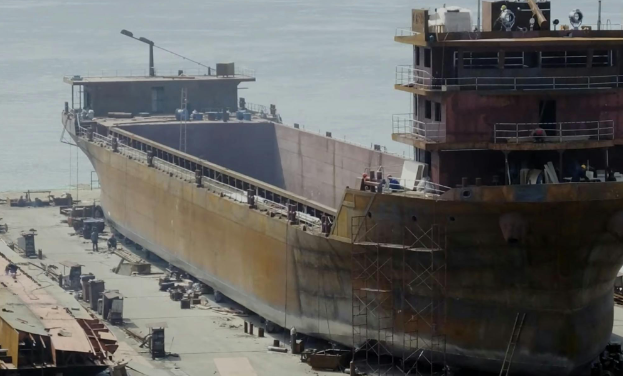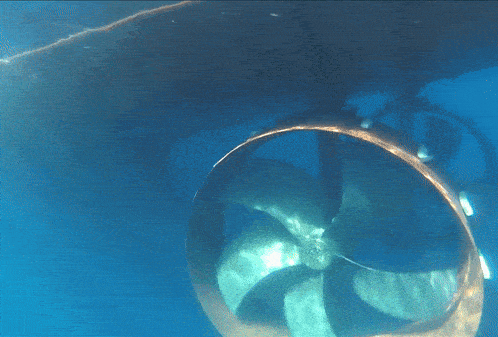How do Ships float and move?
Hey Explorers, Happy Wednesday!
Let’s look at how Ships work this week. I aim to write my newsletter issues in a way one can follow them while traveling on a bus, having a coffee, waiting for food, etc. Let's jump in!
How it works: 15-second answer
Ships float because they are less dense than water. Though made of dense materials like steel, ships have hollow interiors filled with air, reducing their overall density. This principle, similar to why a ping pong ball floats, allows ships to stay afloat. Ships move using diesel engines connected to propellers. These propellers push water backward, and according to Newton's third law, the water pushes the ship forward, allowing it to navigate through the water.
Answer to the question I posed last week
Last week, we discussed how a watch works. And I had asked how automatic watches work.
In short, Self-winding technology is the parent working force for automatic watches. It means when you tend to move your wrist while you have the watch on it, a rotor will turn, and it will then wind a mainspring.
The mainspring will then power the gears, which will maintain the accuracy of time for the watch and will run several hours before the need arises for it to be rewound.
How does a Ship work?
Let’s jump into this week’s topic.
The first thing that comes to my mind when someone talks about ships is the Titanic. I remember watching the movie as a kid and I was super fascinated by how practically an entire village lived on the ship.
But how does such a huge machine/vehicle float on water? Shouldn’t we expect it to sink? That’s where physics comes to save the day!
But first things first…
How and Why does an object float?
Figure 1: A Ping Pong ball floating on the water without sinking as it’s less dense.
Let’s say I throw a ping pong ball on water. What do you think happens to the ball? It floats on water and doesn’t sink. But why does that happen?
Density = Mass of the Object / Volume of the Object
This is because of the difference in density between water and the ping pong ball. The ping pong ball is less dense than water and hence it can float. This applies to most of the objects with some exceptions.
Well, how does a Ship float then?
Figure 2: The vessel of the ship is not a solid block of steel but is hollow on the inside. Thus, making the overall density lower than water.
So the reason a ship can float in water is because it’s less denser than water!
But wait. Ship is made of steel or iron. So they have a higher density than water. So shouldn’t they sink? No!
The ship is not a solid block of iron and steel. A ship is made of steel but it is hollow, containing air within it. Air has a very low density. Hence, the overall average density of the ship becomes less than the density of water. And therefore, a ship floats in water.
We primarily use steel to make ships as they are strong, somewhat corrosion-resistant, and cost-effective.
How does a ship move?
Figure 3: Propeller blades spinning in a ship to move the vehicle by Newton’s third law.
Most of the ships use a diesel engine. The output shaft of the engine is connected to huge propeller blades as seen in the figure. And from Newton’s third law, we know that every action has an equal and opposite reaction. So the propeller blades push the water backward by spinning fast, and in turn, the water pushes the ship to move ahead. This is how a ship moves through the water.
Why are ships painted in red below the waterline?
Figure 4: Red paint in the lower portion of the ship to prevent the growth of marine organisms on the ship's surface.
The paint used below the waterline often contains copper to prevent the growth of marine organisms such as barnacles, algae, and other sea life. This growth if permitted can significantly increase drag force, leading to reduced speed and increased fuel consumption. This Copper imparts a reddish hue to the paint. That’s why ships are red below the waterline.
Question of the week
Now that we understand the basics of how a ship works, how do you think a ship turns left and right? Reply to this email with your thoughts, and we’ll discuss.
That’s all folks. Thank you for reading!
Have an amazing rest of the week, and take care!
Until next to next Wednesday,
Chendur




